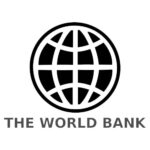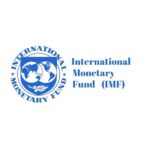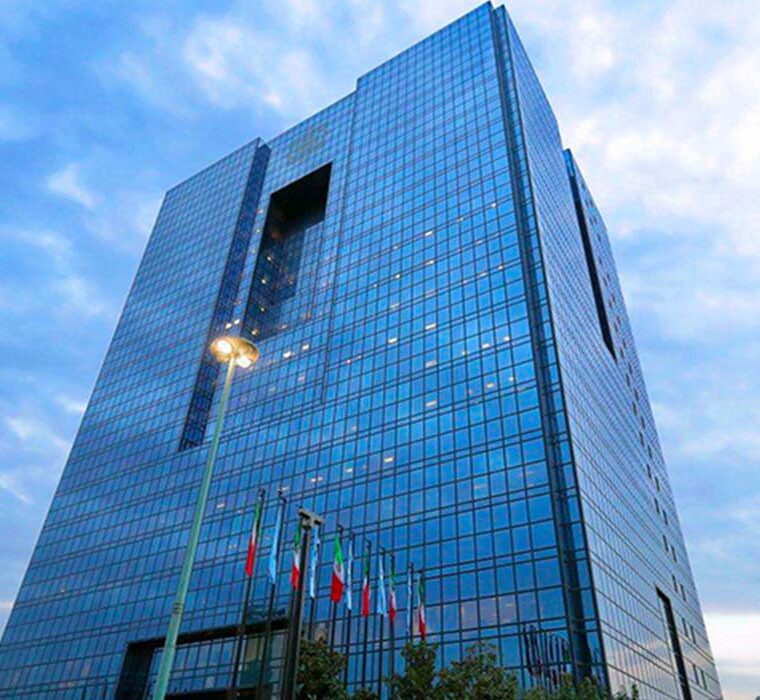Recent Key Statements About Iran

The implementation of the JCPOA on January 16, 2016 is expected to help lift Iran’s real GDP growth rate to 4.2 percent and 4.6 percent in 2016 and 2017, respectively. Key growth benefits include increased oil exports, the resumption of access to the SWIFT by the Central Bank of Iran and Iranian financial institutions, the provision of insurance and reinsurance, the financial support for trade with Iran, and commitments for grants, financial assistance and concessional loans to the Government of Iran.
March 2016

In recent years, the authorities have made considerable progress in restoring macroeconomic stability under difficult circumstances. Inflation has declined from 45 percent in 2013 to around 8 percent recently, the foreign exchange market has stabilized, and some key reforms have been implemented. The implementation of the JCPOA bodes well for the outlook. Higher oil exports, along with lower costs of trade and financial transactions, as Iranian banks reconnect to the international financial system, would help support the economy, with real GDP growth projected at 4 – 4.5 percent over the medium term.
May 2016

Iran will be one of the fastest growing economies in the region over the next five years as investment comes into the country following the removal of sanctions. Declining oil prices will force the government to cut current spending and investment in the country’s infrastructure sector in 2016, which will result in slow expansion of private consumption and fixed investment. The removal of sanctions on Iran is a once in a decade opportunity for investors in emerging markets.
March 2016

Iran presents an important opportunity for multinational companies that operate in emerging markets. But managing expectations about the country’s trajectory is crucial for building an effective strategy. A smart approach will find the sweet spot: advancing ahead of competitors while sidestepping first-mover mistakes that often plague companies in unfamiliar, rapidly changing, high-stakes business environments.
May 2016

Finally, lifting the sanctions will mean that Iran will regain access to the estimated $90 billion assets that are currently held abroad. At a business level, sophisticated professional service firms based in the UAE, Iran’s biggest source of imports, are well placed to help repatriate some of these assets. Iran also has a growing and cash-hungry tech sector, which could be a potential investment target. More importantly though, as the amounts involved are quite large, capital inflows could have wider macroeconomic effects including stabilizing the Iranian Rial in the medium-term, reducing the wedge between the official and parallel rates, and putting downward pressure on inflation. Some London-based asset managers have already teamed up with local Iranian firms to prepare for this.
December 2015

Currently Iran’s Gross Domestic Product (GDP) is only USD 415 bn. Germany, which has a similar population size, has a GDP more than nine times higher. So there is a lot of ground to be made up. Iran is ideally suited to playing catch-up. Not only does it have an immense supply of natural resources – including the largest gas and the third largest oil reserves on the planet –, it also benefits from a relatively young, well-educated population. Iran’s economy is predicted to grow between 4 and 5 per cent per year until 2020 – the end of sanctions represents a huge opportunity not only for “Made in Germany.”
January 2015
Iran’s Banking Industry at a Glance
2.5%
GDP Share of Banking Industry
100%
Number of banks that are Sharia compliant
5,063,954,900
Number of transactions banking network – ATM (2015)
20%
Maximum bank lending rate
74%
Iranians with a bank account at a formal institution
281,407,717
Number of transactions banking network-PIN PAD (2015)
Commercial Banking Sector Loans-to-Deposits Ratios (BMI, 2014)
No Data Found
Iran’s Economic Status & Intro to Banking
Iran’s Economic Environment & Policies in Recent Years
During the last three years, Iran’s economic and political landscape has drastically changed under the influence of both endogenous and exogenous factors.
Sanctions in a Nutshell (How we got here)
The United States has imposed sanctions against Iran in one form or another since the 1979 Iranian Revolution. In 1995, they expanded their sanctions to include non-Iranian firms which have dealings with the Iranian government, effectively preventing any company from engaging with Iran if they do business with or in the United States.
In 2006 the United Nations, becoming increasing concerned with Iran’s nuclear enrichment program, passed progressively punitive sanctions, imposing travel bans on individuals, freezing offshore Iranian assets, blocking armament shipments and in conjunction with the EU in 2012 disconnecting Iranian banks from SWIFT effectively cutting them out of the global financial system.
With Iran cut off from the financial world, the Rial significantly weakened and inflation accelerated, eventually peaking at 45.1% in June 2013. Access to capital in Iran was severely challenged forcing the government to intervene in Iranian banks credit allocation, effectively dictating which industries were to be prioritized for funding. During this period, Iranian banks access to liquidity as well as their profitability substantially fell and non-performing loans rose.
New Administration, New Strategy, New Deal
Upon the new administration taking office in 2013, elected under a mandate of increasing economic growth and improving international relations, a more conservative fiscal policy and less accommodative monetary policy was adopted.
Further, on 14 July 2015 the Joint Comprehensive Plan of Action (JCPOA) was reached between Iran and the P5 + 1 (China, France, Russia, UK, US + Germany) and the EU regarding Iran’s nuclear program. Under the agreement Iran accepted strict limits to reduce the capacity and proliferation risk of its nuclear infrastructure. In return, the UN, US and EU would halt the financial and economic sanctions which had been crippling the country for years. The agreement was formally adopted on 18 October 2016 and post Iran meeting the relevant requirements under the JCPOA, implemented on 16 January 2016.
Containment of Inflation and Expected Growth
Post the adoption of the JCPOA and along with the Governments focused fiscal and monetary measures, Iran’s inflation rate has since fallen below 10% for the first time in nearly 25 years. According to the World Bank, the implementation of the JCPOA is expected to help lift Iran’s real GDP growth rate from 0.5% in 2015 to 4.2% in 2016 and 4.5% in 2017.
Although highly dependent on oil and gas, Iran has one of the most diversified economies amongst the OPEC producers and whilst we at ILIA Corporation believe that all sectors of the economy stand to benefit over the coming years, we expect progress to be slow, with many international institutions still weary of the political risk inherent in the country.
What is at Stake for Iran’s Banking Sector?
Iran’s banking sector is expected to benefit from the lifting of the sanctions, and lending growth should pick up towards the latter half of 2016.
Nevertheless, many sanctions on the banking sector still remain and will likely limit the short-term positive impacts. The first milestone to the stabilization of Iran’s banking sector has been achieved, but a boom in the lending and deposit market is not expected for several years.
The main stabilization factor will be the access to the Society for Worldwide Interbank Financial Telecommunication (SWIFT) transactions. Ending the isolation of the Iranian banking sector from the global bank-to-bank transactions is a key issue in revitalizing the Iranian economy. Once this decisive step is taken, Iranian banks will be able to raise capital in the international markets and undertake international transactions.
Whilst the timing of this process is not precisely known, Iranian banks should gain broad access to non-US dollar denominated SWIFT transactions during the second half of 2016 and to US dollar transactions in mid 2017. It is important to note despite the lifting of the sanctions obstacles will remain. Logistical problems will have to be handled, including compliance issues for companies operating in both the US and the EU, since the timing of the lifting of the sanctions will be different for each region. Further we would highlight that many foreign financial institutions will be cautious of processing transactions in/with Iran, given the severe fines imposed during the previous sanctions era.
Ultimately, we believe the end of the sanctions and expected growth of Iran’s economy will create the conditions for this sector’s activity to flourish, both on a national and international scale, however remain cautious on timing given the infancy of the post JCPOA era.







